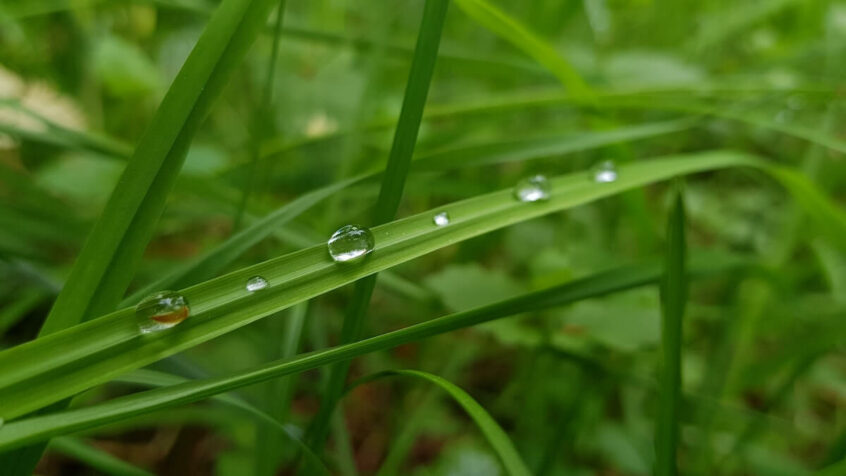The three main ingredients for a healthy lawn are fertilizer, sunlight, and plenty of water. However, too much of a good thing can be a bad thing! Overwatering your lawn can lead to fungal growth, insect infestations, and an overgrowth of weeds.
Here are some of the most common signs that your lawn is getting too much water.
1. There are squishy or spongey spots in your lawn.
This is one of the most obvious signs of overwatering. You can check for spongy spots with a simple step test. Just walk around your lawn! If your lawn has spongey or squishy spots, it’s probably best to cut back a bit on watering.
2. Fungus or mushrooms are growing in your yard.
Mushrooms popping up in your yard are a common sign that your lawn is getting too much water. Other fungi may appear as discolored patches around the yard. These are also a sign that your lawn may be overwatered. Cut back on the watering and use appropriate fungicides to get this problem under control.
3. Lots of thatch is building up.
Thatch isn’t a bad thing! This is a layer of partially broken down grass that is created whenever you mow your lawn. Organisms in the soil break down thatch over time. This in turn provides nutrients to your lawn. However, too much water can prevent thatch from breaking down properly. Eventually, the thatch can build up so much that it begins to interfere with your lawn’s growth.
4. You have stubborn yard insect infestations.
This happens most commonly when there is too much thatch in your yard. A thick layer of thatch keeps bugs safe from predators, as well as from pesticides. If insects have started to take over your lawn, try de-thatching, applying pesticide, and cutting back on watering to prevent it from happening again.
5. The weeds are taking over.
Weeds are opportunistic. They’ll take over lawns that receive too much water just as easily as they’ll take over lawns that don’t get enough of it. Soggy soil is great for growing crabgrass or chickweed… but they’re probably not what you want growing in your yard!
